Space
Sign up for our newsletter
We summarize the week's scientific breakthroughs every Thursday.
-
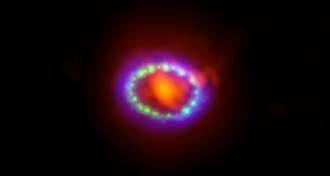 Astronomy
AstronomySupernova is a dust factory
Grains of matter spewed by stellar explosion offer clues to early star formation.
By Andrew Grant -
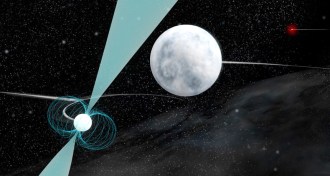 Astronomy
AstronomyUnusual three-star system promises new test of gravity
A unique stellar threesome could help astronomers test the leading theory of gravity to unprecedented precision.
-
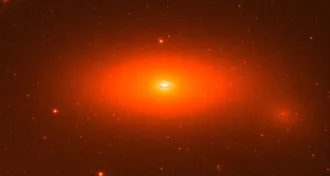 Astronomy
AstronomyRelic of early universe found nearby
A galaxy little changed since the dawn of the universe shows up in our celestial neighborhood.
-
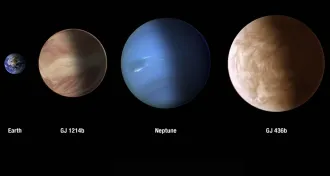 Astronomy
AstronomySigns of cloudy skies seen in two exoplanet atmospheres
Exoplanets GJ 436b and GJ 1214b have signatures of clouds in their atmospheres, but the skies are like nothing seen in the solar system.
-
 Cosmology
CosmologyBest maps of the universe, bugs and all
Maps from the European Space Agency’s Planck satellite reveal the cosmos in a range of microwave and infrared frequencies.
By Andrew Grant -
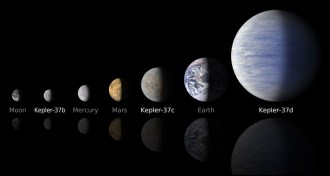
-
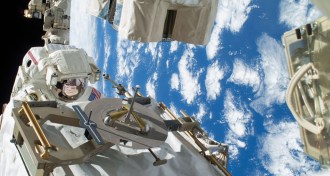 Astronomy
AstronomySpace station pump fixed after two spacewalks
The repair allowed astronauts to restore power to the labs and experiments running on the space station.
-
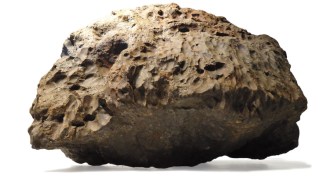 Astronomy
AstronomyYear in Review: Meteorite makes an impact
A falling rock delivers a wake-up call.
By Andrew Grant -
 Astronomy
AstronomyYear in Review: Visitor from the Oort cloud
A visitor from the outer solar system flies past the sun.
-
 Cosmology
CosmologyYear in Review: Dark energy gets more confusing
New data raise the prospect of a ‘Big Rip’ destroying the cosmos.
-
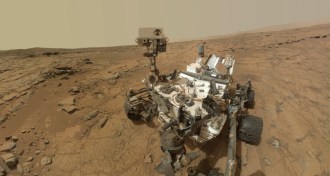 Planetary Science
Planetary ScienceYear in Review: Methane shortage on Mars
A trace of the gas is not enough to be a sign of life.
By Erin Wayman -
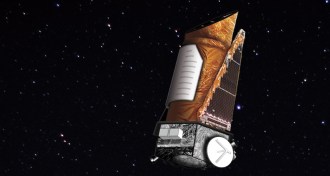 Astronomy
AstronomyYear in Review: Death of a planet hunter
The Kepler space telescope finishes a brilliant career.
By Andrew Grant